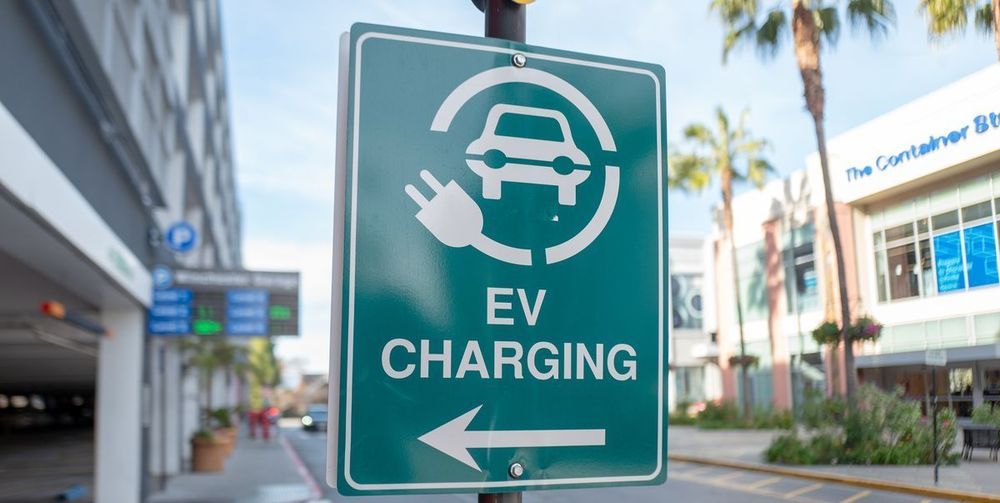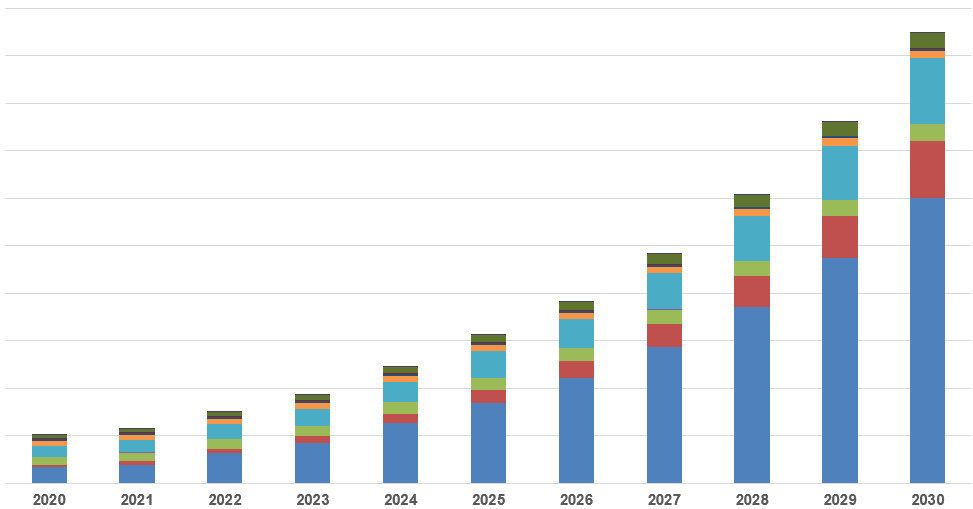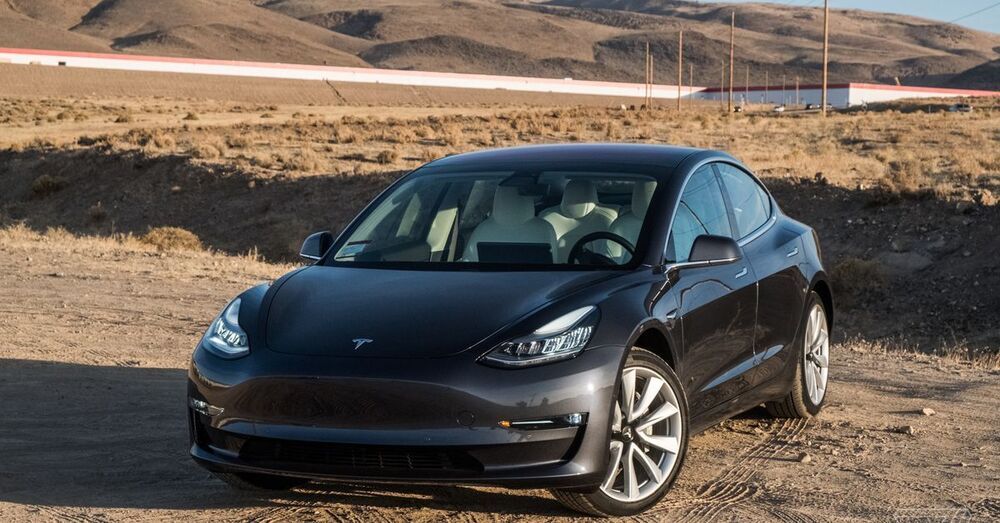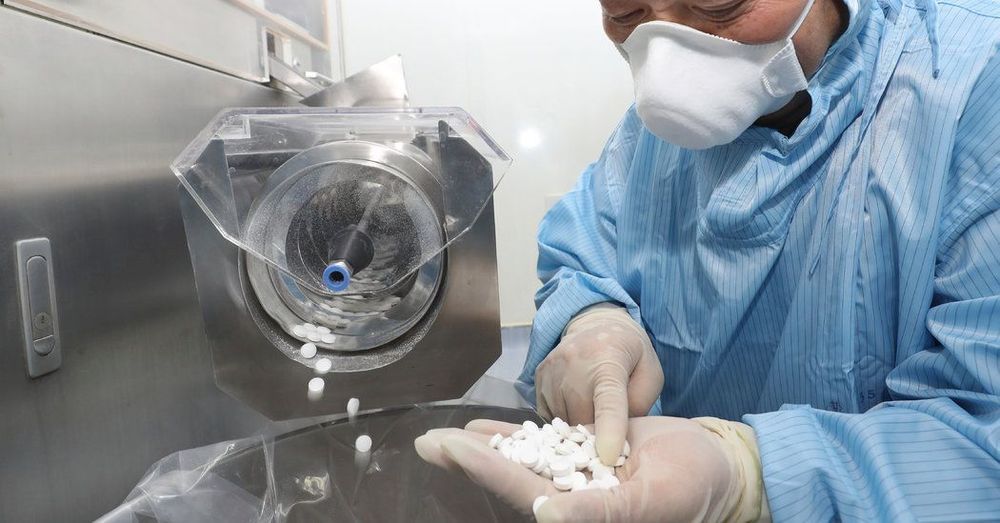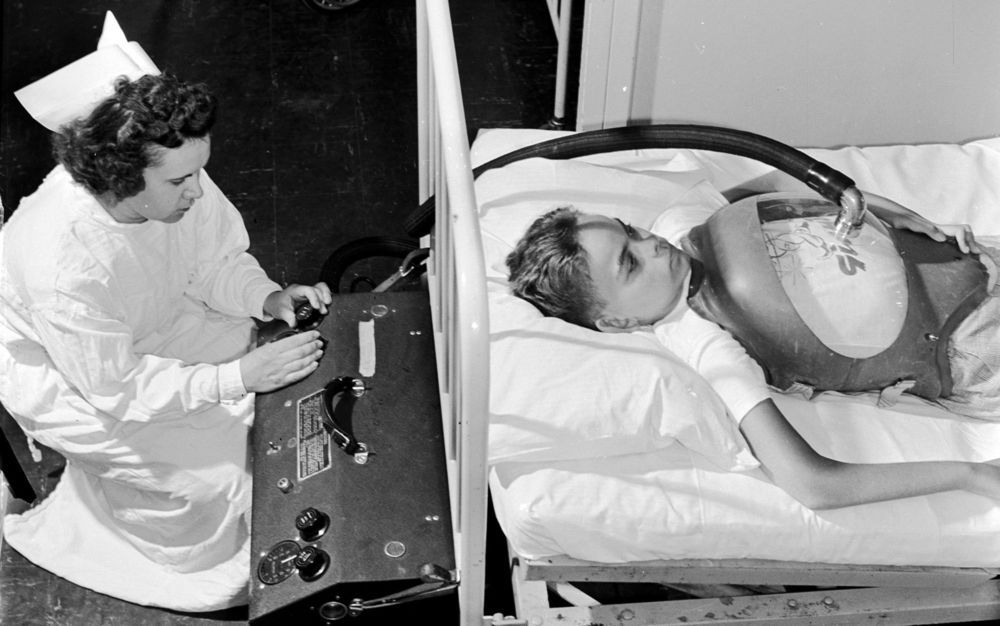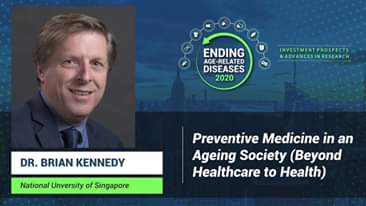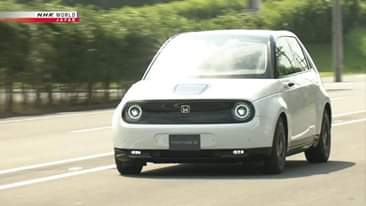Sep 15, 2020
Toyota’s Quick-Charging Solid-State Battery Coming in 2025
Posted by Quinn Sena in categories: sustainability, transportation
The batteries will offer more range in the same size pack, but the automaker still has to solve the technology’s life-span problem.
Toyota has chosen to focus on hybrid and hydrogen fuel-cell vehicles as the cornerstones of its green strategy, but that doesn’t mean the automaker is forgoing an electric vehicle altogether. In addition to an EV crossover coming from the automaker and its partner Subaru in the near future and a lineup of six EVs (some of which are pictured above), which are likely to land in China first, Toyota is currently working on a technological breakthrough that will reach far beyond its use in an EV: the solid-state battery.

